
News about DNA, genes and proteins
Viser 73 til 96 af 200 dokumenter.


The Neanderthals may have become extinct because of their isolated lifestyle

Easter Island population collapse never happened

Easter Island population collapse never happened
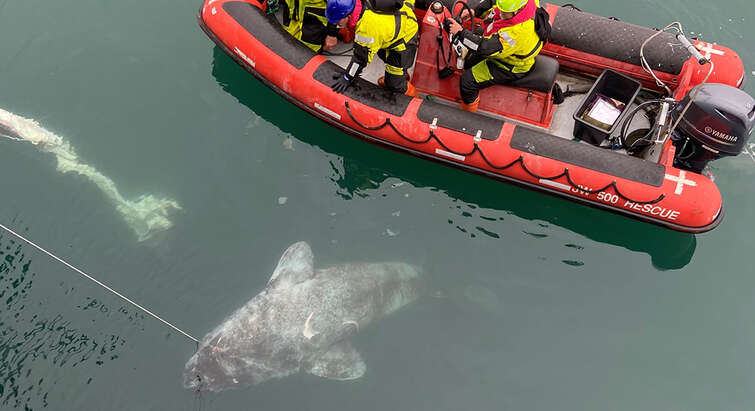
The longest-living vertebrate genome

The longest-living vertebrate genome

UCPH researchers solve mystery of deadly virus
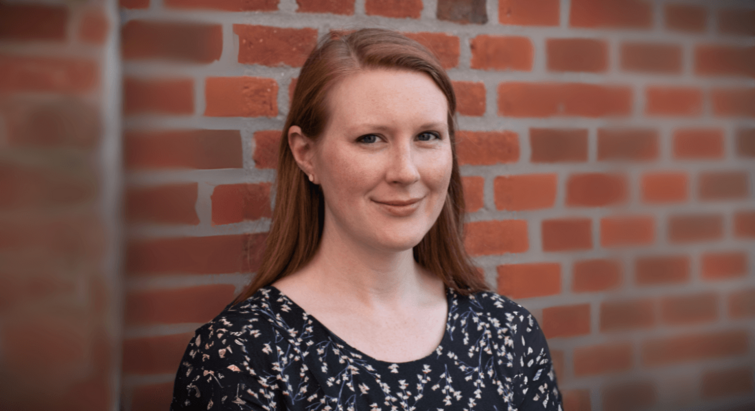
Kathleen Stewart-Morgan receives ERC Starting Grant
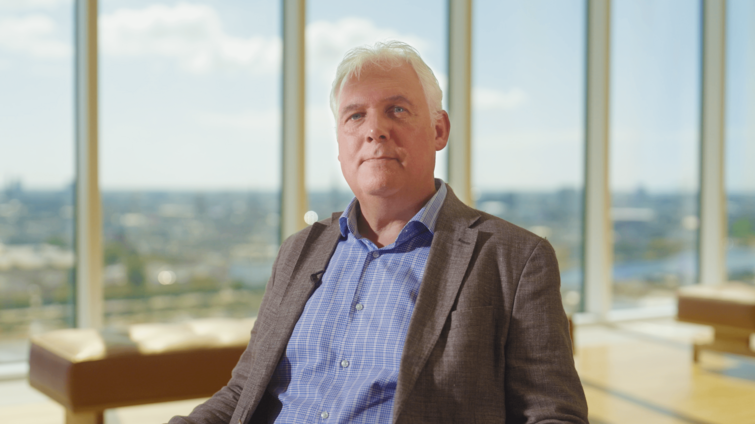
Jesper Svejstrup receives the Carlsberg Foundation Research Prize 2024

Newly discovered gene may influence longevity

New international pioneer centre for medical data research
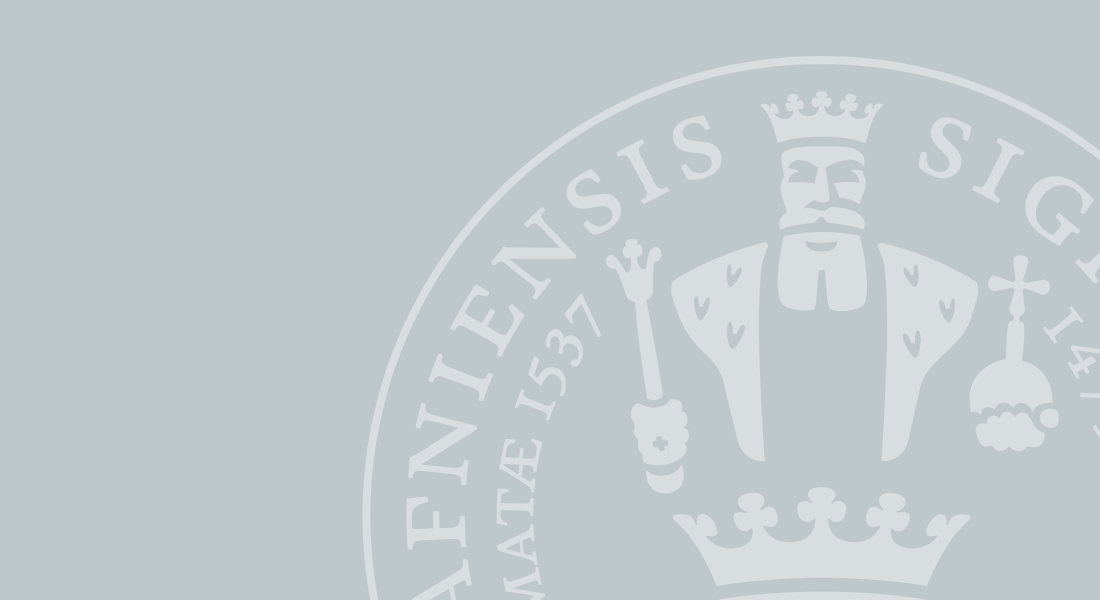
New publication in Nature Communications
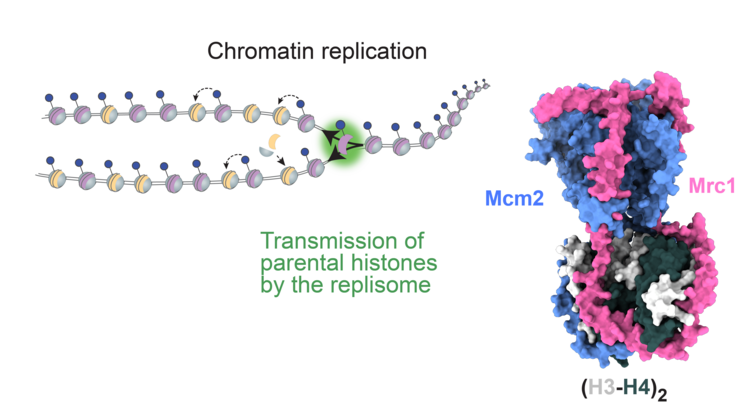
Discovery of replisome component’s dual function in mediating epigenetic memory
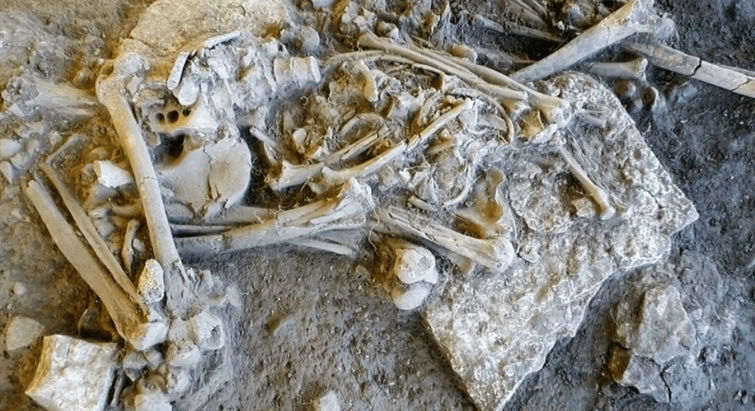
The plague may have caused the downfall of the Stone Age farmers
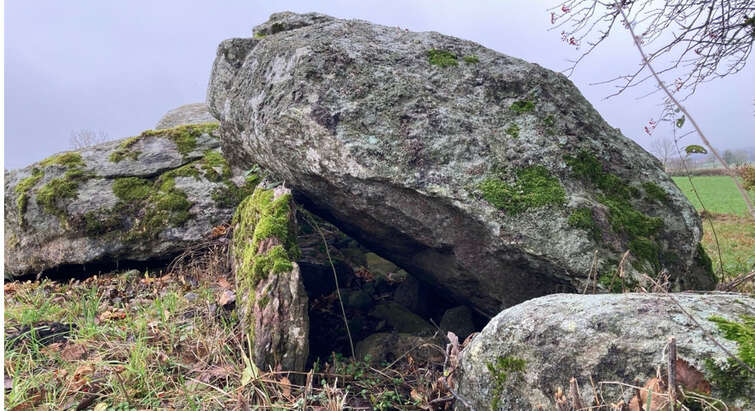
Plague emerges from Stone Age graves

Researchers identify unknown signalling pathway in the brain responsible for migraine with aura
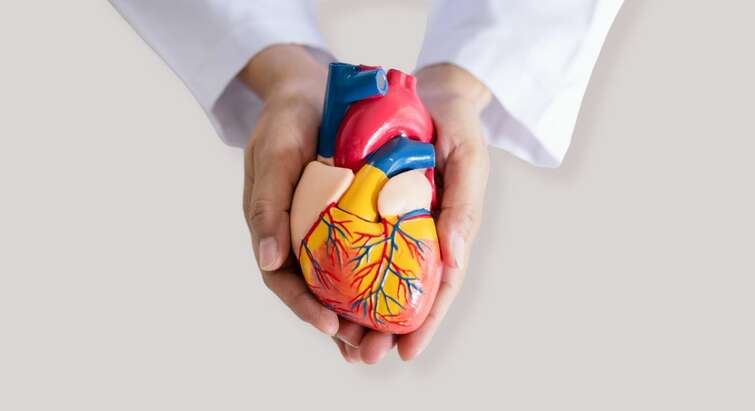
Your genes determine your risk of atrial fibrillation

Dietary diversity of Denisovans on the Tibetan Plateau
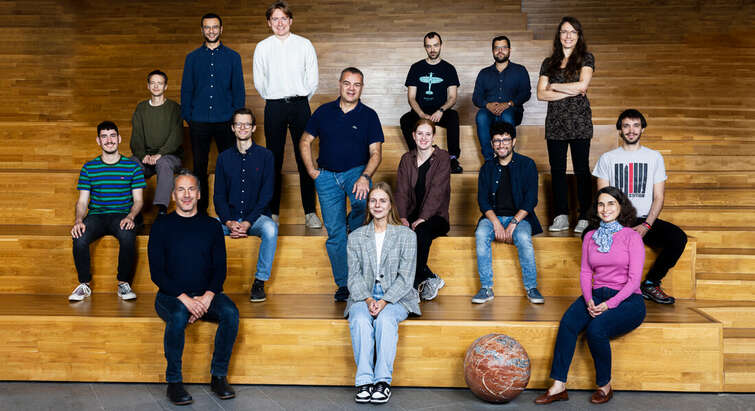
New Gene-Editing Tool Could Revolutionize Genetic Disease Treatment

Fertility treatments could get boost from stem cells
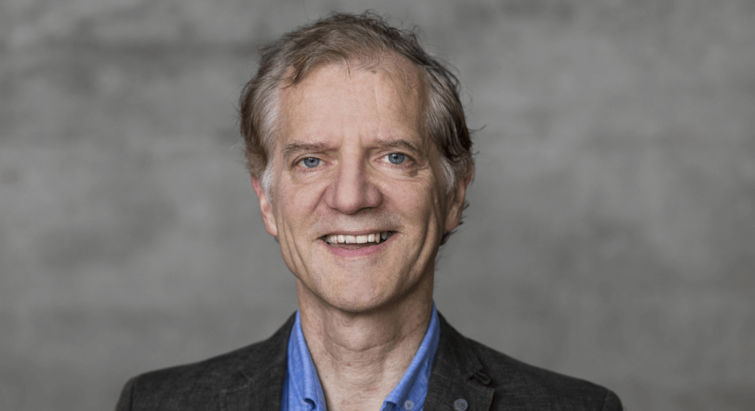
Matthias Mann receive prestigious award for pioneering protein research

500 million DKK to research in resilient crops and ecosystems

500 million DKK to research in resilient crops and ecosystems

